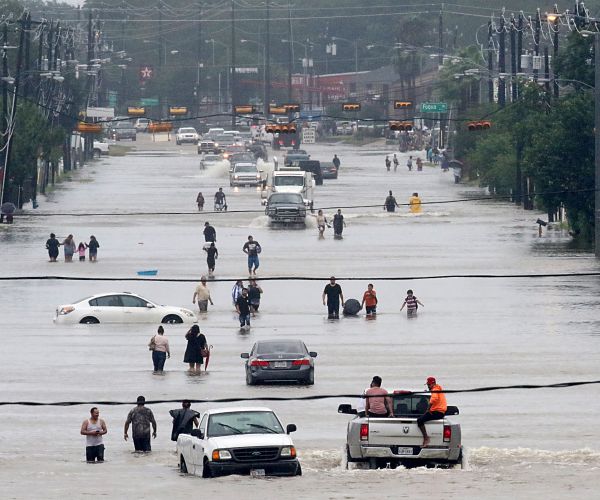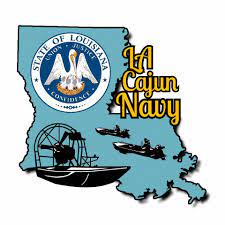
How to Use Zello For Communication During a Disaster
While Zello has been a popular walkie-talkie PTT (push-to-talk) app since 2012 with over 150 million users worldwide, it wasn’t widely known in the United States until hurricanes Harvey and Irma hit. A grassroots effort started by the Louisiana rescue group named the “Cajun Navy” catapulted Zello into the public eye during Hurricane Harvey, making it the “go-to” app for civilians to use during search and rescue, recovery, and rebuilding efforts. Six million new users downloaded Zello in anticipation of Hurricane Irma, which targeted the Caribbean and Florida.
Unlike real walkie-talkies, Zello is free and there is no range limit as long as there is Internet access. It can reach thousands of people from anywhere in the world using live voice in real time. These qualities make it ideal for emergency and disaster events that require quick response times. It’s crowdsourcing for emergency events and first responders.
Zello’s role of communication in natural disasters was never anticipated when we created the app, but we are proud to be a part of these efforts. In the hope that Zello can be used more effectively for future disaster events, we have outlined some best practices for channels during disaster relief efforts.
What are Zello Channels?
Zello channels are similar to CB chat rooms, except there is no range limit. Anyone can create a channel and an unlimited number of subscribers can join it from anywhere in the world. There is no limit to the number of channels one can create or join. Up to 10,000 users can be active and online at a given time.
Another advantage of using Zello channels over other means of disaster communication is the mix of live voice and recordings. Users receive live voice chat that is essential for effective emergency response teams. And the recordings of each message are also saved in History for later replay. All audio, photos, and text sent over the channel are stored in History on the user’s device.

Setting Up A Channel for Disaster Communication
The key to effective disaster communication is making sure that the right people can find the right channel. Channels are highly customizable and can be created by anyone, so it’s best to plan out your channel setup to distinguish it from others. Decide on a naming convention that is clear and makes it easy to distinguish from other disaster recovery communications channels. In addition, it is useful to use social media platforms like Twitter, Facebook, and Instagram to promote your channel to the people that you want to include.
During Hurricane Harvey, there were many channels created where the intent of the channel was not clear. This created confusion for users who wanted to help out, but were in the wrong channel. Channels should be dedicated to one specific purpose to avoid confusion. That is, create a channel just for dispatchers to talk to rescue personnel. Create another channel for dispatchers to talk to people requesting rescue. Create a separate channel for animal rescue, another for road conditions, gas, or supply drop off, etc. Include in the channel profile description a detailed written and/or audio description of what the channel is for and who should be on it.
Decide on a Naming Structure for Your Emergency Channels
Separate channels into smaller regional channels if the area affected is expansive and too many users are in one channel.
One naming convention for emergency preparedness communication (courtesy Andy Grant) could be to use the hurricane season, hurricane name, function, region:
Full Article By Raphael Varieras CLICK HERE

